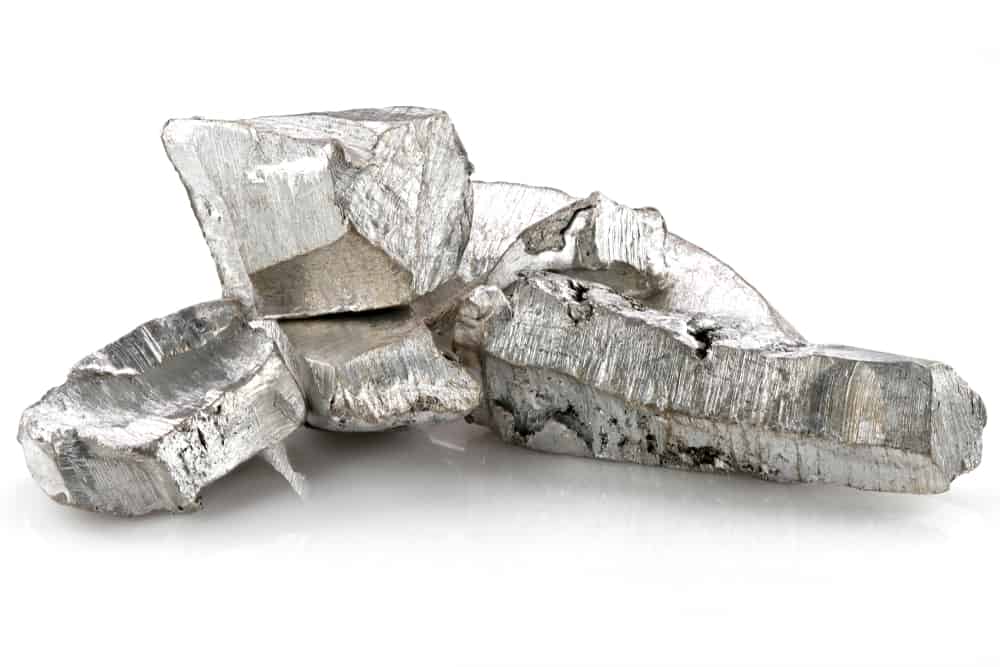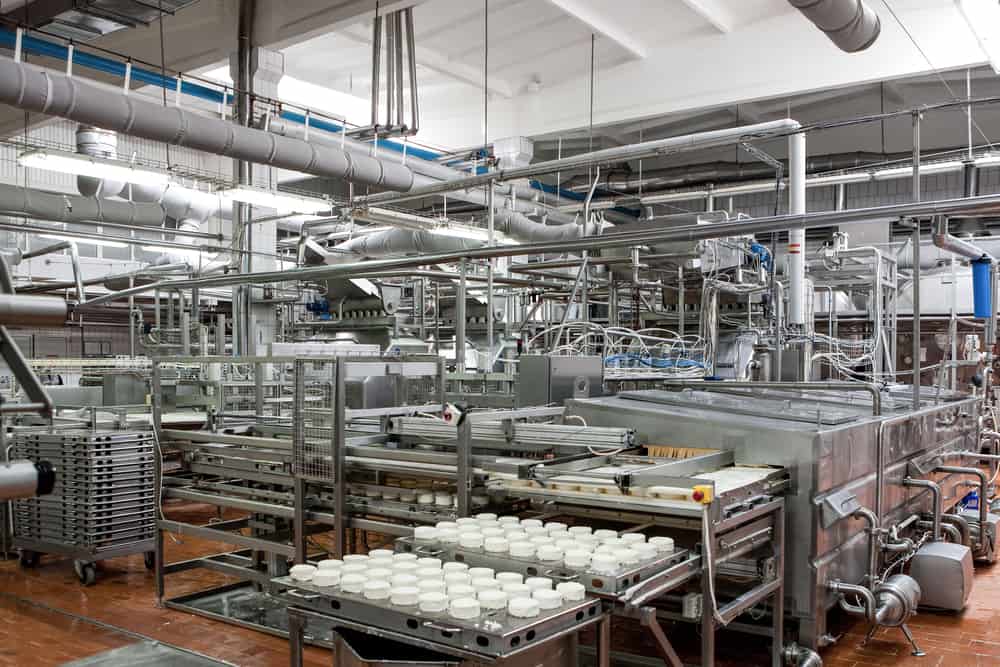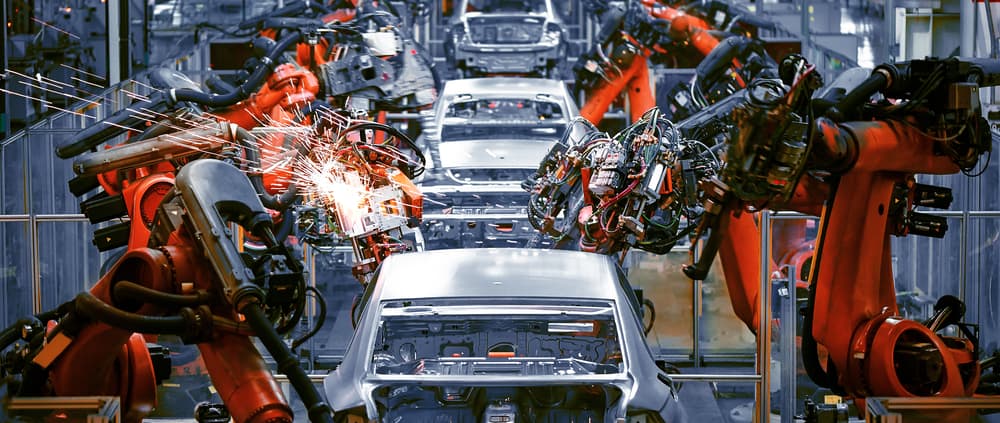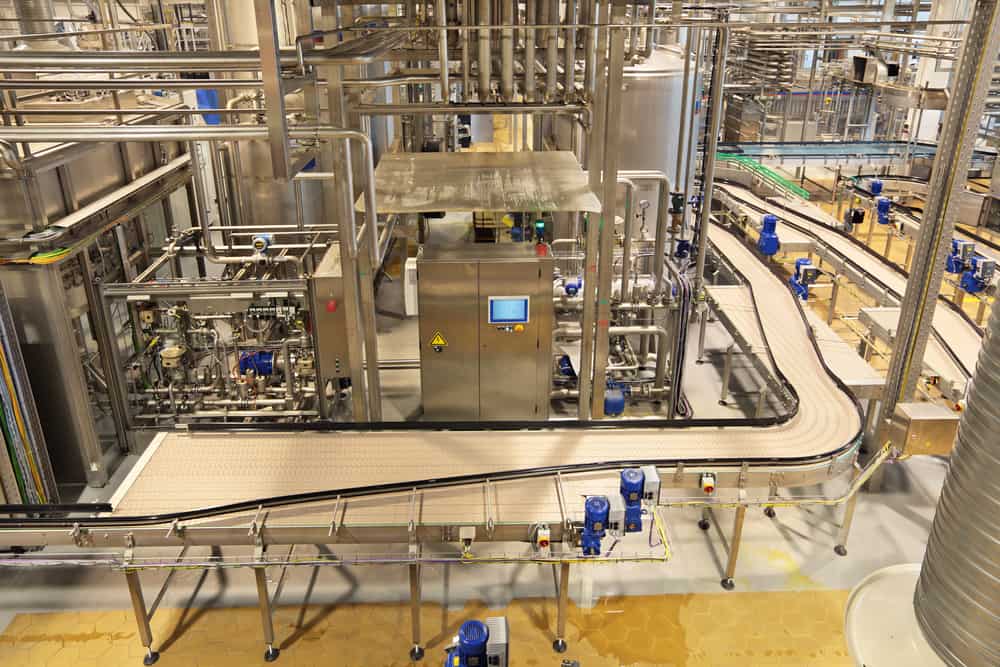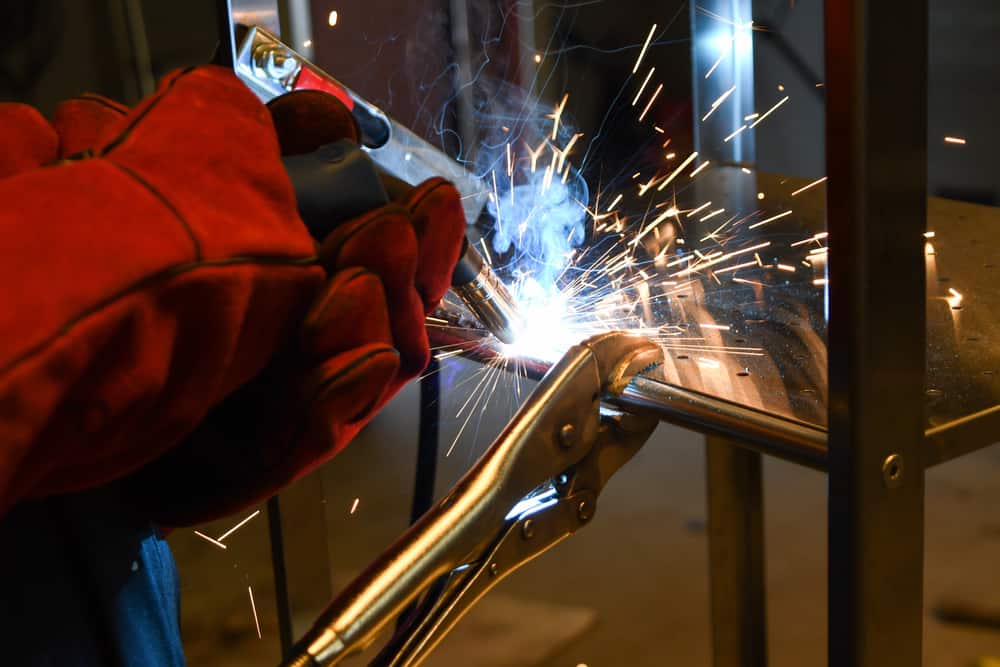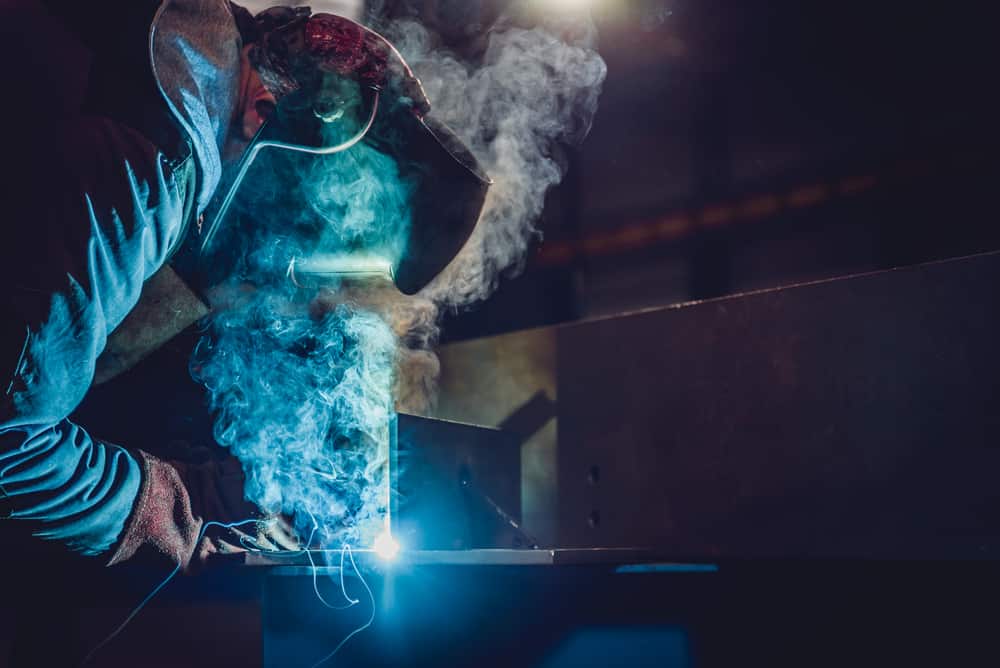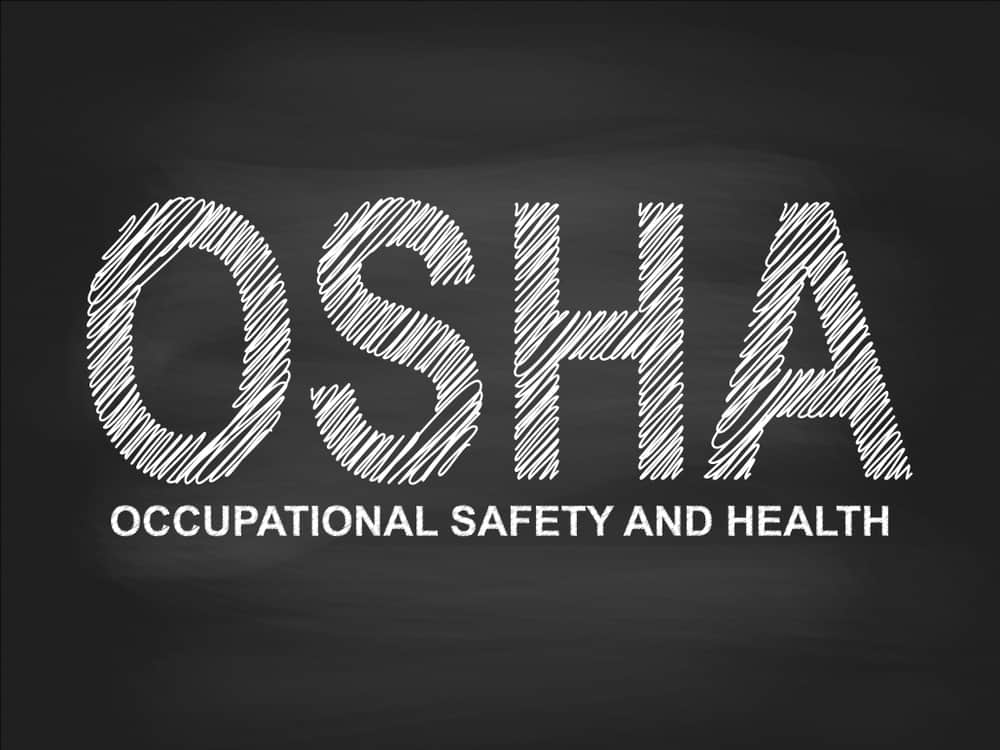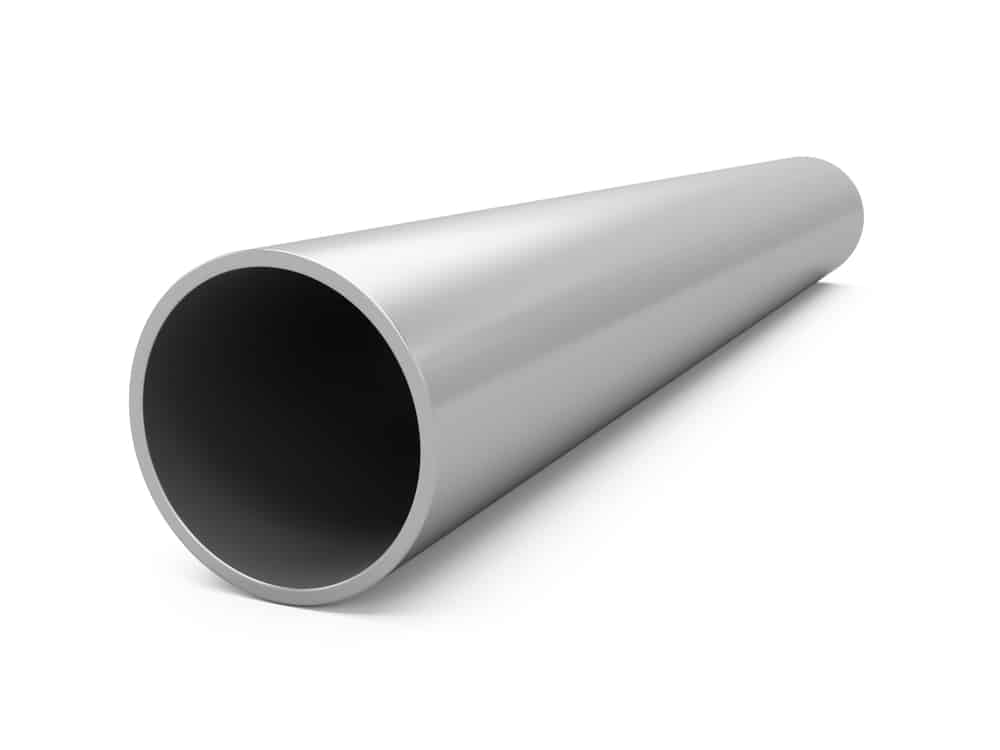
Imagine you are on a game show, and the final question that could bring you the grand prize is, “What is the most used metal in the world?” Immediately, you think, steel, and you start imagining yourself cutting through the ocean at the helm of a new large boat. However,…


